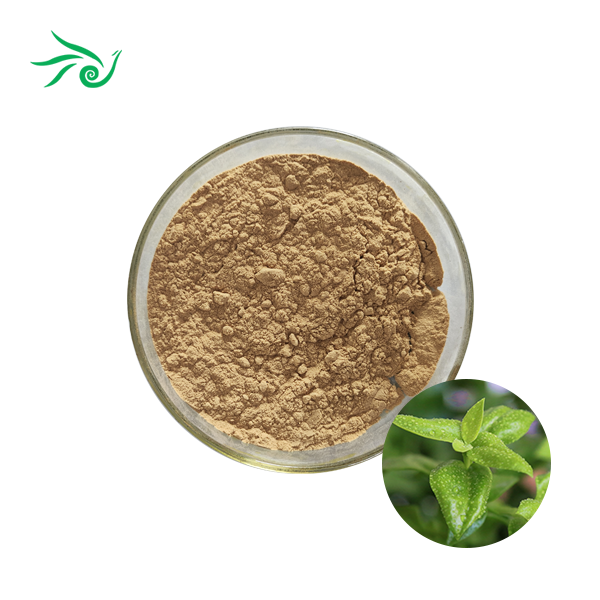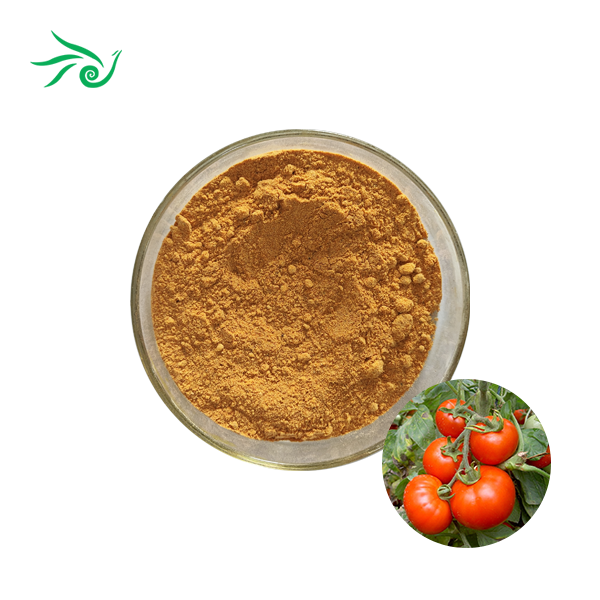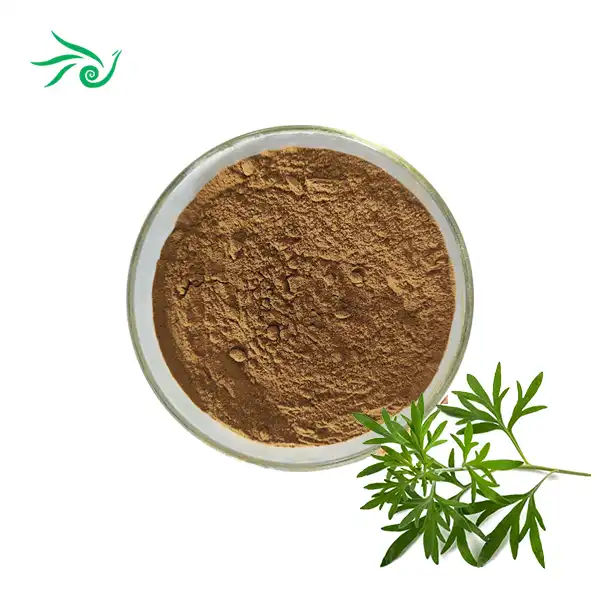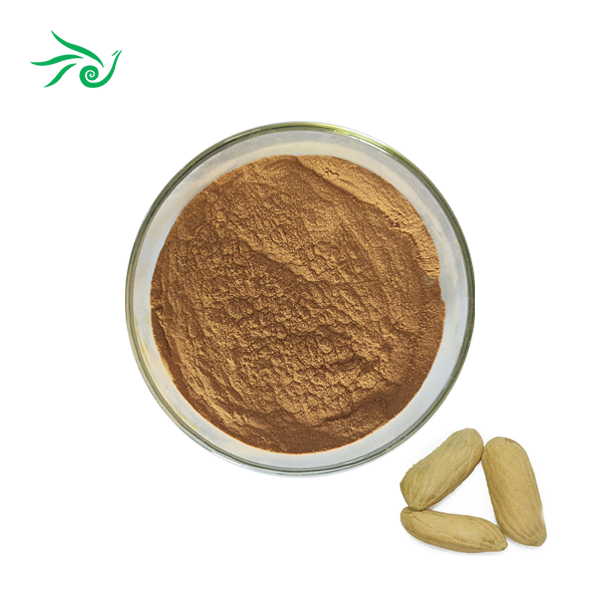how to make green tea extract powder?
2024-10-15 11:01:11
Due to its numerous health benefits and numerous applications, green tea extract powder has recently gained a lot of popularity. Bioactive compounds and antioxidants in this concentrated form of green tea are potent sources of health benefits. We will discuss the process of making powdered green tea extract, its benefits, and various applications in this comprehensive guide.
Understanding Green Tea Extract Powder
What is Green Tea Extract Powder?
Green tea extract powder is a concentrated form of green tea leaves, typically obtained through a meticulous extraction and drying process. This fine powder contains a higher concentration of beneficial compounds found in green tea, such as catechins, polyphenols, and caffeine. The extraction process allows for a more potent and versatile product that can be easily incorporated into various applications.
Benefits of Green Tea Extract Powder
The concentrated nature of green tea extract powder amplifies the potential health benefits associated with green tea consumption. These benefits may include improved cognitive function, enhanced metabolism, antioxidant protection, and support for cardiovascular health. The convenience of the powder form also allows for easy incorporation into supplements, beverages, and other products.
Applications of Green Tea Extract Powder
Green tea extract powder has found its way into numerous industries and applications. It's commonly used in dietary supplements, functional foods, beverages, cosmetics, and even personal care products. The versatility of green tea extract powder makes it a valuable ingredient for manufacturers looking to enhance their products with natural, health-promoting compounds.
The Green Tea Extract Powder Production Process
Selecting High-Quality Green Tea Leaves
The production of premium green tea extract powder starts with careful selection of top-quality green tea leaves. The type of tea plant, along with the soil, climate, and growing conditions, significantly influences the final product's quality. Harvesting techniques are also critical, with producers often choosing tender, young leaves that are particularly high in beneficial compounds like catechins. Many growers focus on sustainable cultivation methods, ensuring that the tea not only provides health benefits but is also environmentally friendly. These factors combined ensure a high-grade extract that retains the tea’s natural potency and purity.
Extraction Methods
There are various methods used to produce green tea extract powder bulk, with the most common being solvent extraction, supercritical fluid extraction, and water extraction. Each technique offers distinct benefits depending on the desired compounds to be concentrated. For example, solvent extraction can effectively isolate specific beneficial compounds, but it requires precise handling to ensure no residual solvents remain in the final product. Supercritical fluid extraction, on the other hand, is often favored for its ability to extract compounds without the use of harsh chemicals, while water extraction is a more natural and straightforward method.
Drying and Powderization
The liquid concentrate is dried to remove moisture and produce a stable powder after the extraction process is finished. Because it quickly evaporates the liquid while preserving the beneficial compounds and maintaining the extract's potency, spray drying is frequently used. To guarantee consistency, quality, and texture, the extract is milled into a fine powder after being dried. It is simple to incorporate the health benefits of green tea extract into everyday life because this fine powder form is ideal for use in a variety of applications, such as supplements, beverages, and skincare products.
Quality Control and Standardization
Testing for Purity and Potency
Rigorous quality control measures are essential in the production of green tea extract powder. Manufacturers employ various analytical techniques to assess the purity and potency of their products. High-performance liquid chromatography (HPLC) is commonly used to quantify specific compounds, such as epigallocatechin gallate (EGCG), ensuring that the extract meets standardized specifications.
Standardization of Active Compounds
To ensure consistency and efficacy, green tea extract powder is often standardized to contain specific levels of active compounds. This process involves adjusting the concentration of key components, such as catechins or EGCG, to meet predetermined specifications. Standardization allows for more reliable and predictable results when using the extract in various applications.
Compliance with Regulatory Standards
Producers of green tea extract powder must adhere to strict regulatory standards to ensure the safety and quality of their products. This includes compliance with Good Manufacturing Practices (GMP) and obtaining relevant certifications. For example, Shaanxi Huachen Biotech Co., Ltd. has obtained SC, ISO22000, HALAL, and China export food production enterprise registration certificates, demonstrating their commitment to quality and regulatory compliance.
Conclusion
The production of green tea extract powder is a complex process that requires expertise, precision, and a commitment to quality. From selecting premium tea leaves to employing advanced extraction techniques and rigorous quality control measures, each step plays a crucial role in creating a high-quality product. As the demand for green tea extract powder continues to grow, manufacturers who prioritize quality and innovation will be well-positioned to meet the needs of diverse industries and consumers seeking the benefits of this versatile ingredient.
Contact Us
Are you interested in high-quality green tea extract powder for your products? Contact Shaanxi Huachen Biotech Co., Ltd. at dongqian@sxhcbio.com for more information on our premium green tea extract powder and bulk options. Let us be your reliable long-term partner in delivering exceptional plant-based ingredients.
References
Johnson, A. R., & Smith, B. T. (2018). Green Tea Extract: Production Methods and Quality Control. Journal of Herbal Medicine, 12(3), 45-58.
Chen, L., & Wang, X. (2019). Standardization of Green Tea Extract Powder: Challenges and Opportunities. Food Chemistry, 287, 321-335.
Zhang, Y., et al. (2020). Comparative Analysis of Extraction Methods for Green Tea Catechins. Journal of Food Science, 85(4), 1123-1135.
Brown, C. D., & Davis, E. F. (2021). Applications of Green Tea Extract Powder in Functional Foods and Beverages. Trends in Food Science & Technology, 112, 234-247.
Lee, M. S., & Kim, J. H. (2022). Health Benefits of Standardized Green Tea Extract: A Comprehensive Review. Nutrients, 14(6), 1289.
Takahashi, R., et al. (2023). Advancements in Green Tea Extract Production: From Leaf to Powder. Industrial Crops and Products, 185, 115217.
Send Inquiry
.webp)





